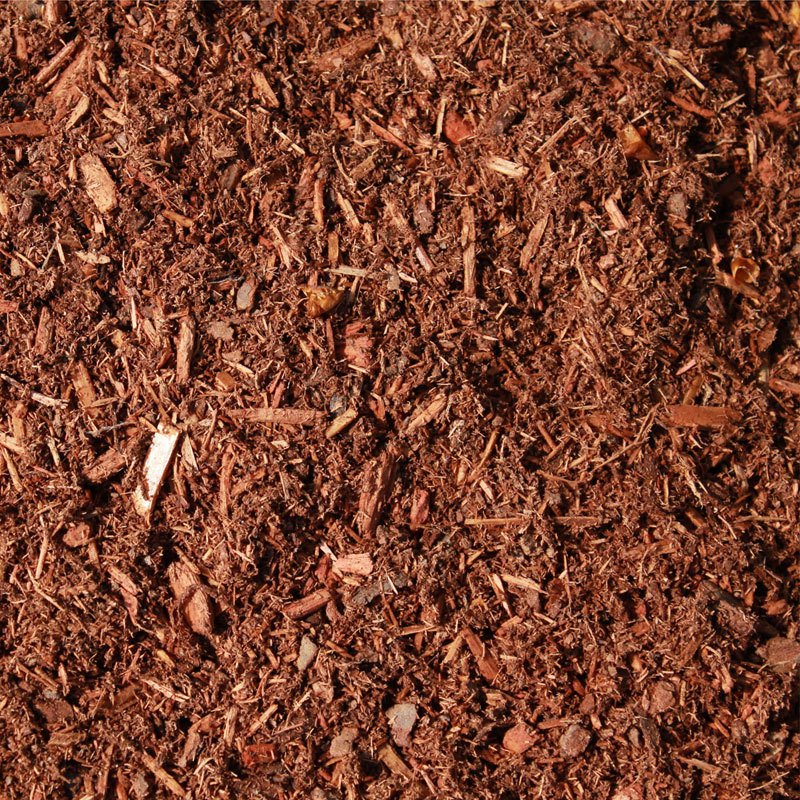
Winter Desiccation Prevention for Trees & Shrubs

The fall and winter seasons can bring a variety of challenges to the landscape. Even in mild winters, lawns, trees, and shrubs can be damaged or even wiped out completely, leaving nothing but brown grass and skeletal shrubs once spring emerges.
Most commonly, damage is caused by desiccation, or the drying of plant tissue. Gardeners refer to the damage to grass, and evergreen trees and shrubs either as “winter burn”.
Winter Desiccation or "Winter Burn"
Desiccation is a type of injury caused when the amount of moisture lost by the foliage (the leaves) exceeds the amount of water taken in by plant roots. In the winter months, desiccation commonly occurs in frozen or dry soils or areas affected by strong winds. The following list provides scenarios where winter desiccation is more likely to occurt, and where moisture-management product can be effective:
- Turf with little or no snow cover for protection from drying winds
- Areas of late season aerification not able to heal before dormancy
- Hillsides and sloped areas that are chronically dry
- New plantings or shallow rooted ornamentals
- Evergreens or other ornamentals that are particularly wind sensitive
- Plants with compromised root systems or those that are damaged from summer stress
- Plants living in substandard soils including compacted, pH imbalanced, poor surface drainage, etc.
Winter Burn/Dessication Prevention
There are three ways that landscapers and homeowners can help prevent winter plant desiccation:
- Ensure plants are properly hydrated through periods of low precipation, either with irrigation or moisture-management products
- Prevent Moisture-Loss with Chemical Barriers
- Prevent Moisture Loss with Physical Barriers
If you don’t have an automatic irrigation system, then one way to ensure that plants get the necessary moisture they need is to use a moisture-managment product like H3O. H3O actually helps capture moisture in the air so that plants can stay hydrated even when there is no precipitation. H3O helps replace the moisture lost to desiccating forces and protects plants from drying out during the harsh winter months.

Once you have made sure your plants are properly hydrated, you can use an anti-transpirant product like TransFilm or Wilt-Pruf to prevent moisture loss. Anti-transpirants provide a clear coating, almost like a wax, that prevents plants from losing moisture through their foliage. Evergreens like conifers and rhododendrons are especially susceptible to wind burn and sun scald and anti-transpirants help them look their best through tough winters.

The final way to prevent winter burn is to erect physical barriers like wind breaks, or use products like rose cones or ShrubJackets to protect your prized plants.


